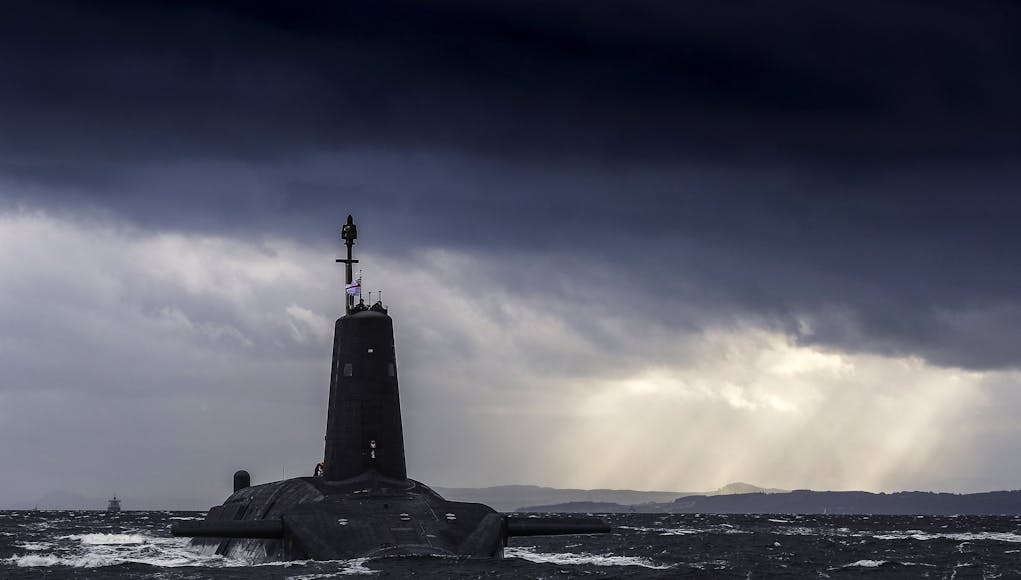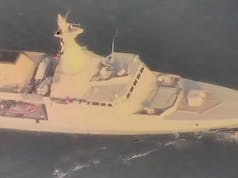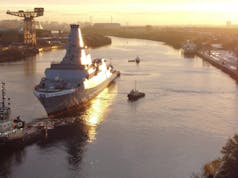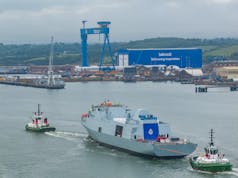Defence Minister Baroness Goldie recently hosted members of the North Atlantic Council and NATO Military Committee at His Majesty’s Naval Base (HMNB) Clyde, emphasising the UK’s commitment to NATO’s nuclear deterrence.
This comes as the UK government announced a £3 billion funding uplift for the nuclear enterprise in the Spring Budget.
The nuclear enterprise sustains tens of thousands of jobs across the UK, with approximately 7,000 at HMNB Clyde alone. Continued investment in the future of the UK’s nuclear industry contributes to developing nuclear skills and growing the economy, in line with the Prime Minister’s key priorities.
Scotland is also home to some of the UK’s most vital defence capabilities, including the Quick Reaction Alert at RAF Lossiemouth and a thriving defence industry with both Type 26 and Type 31 frigates currently under construction in Scottish shipyards.
UK’s Nuclear Deterrent Benefits NATO Allies
Since 1962, the UK has declared its nuclear deterrent for the defence of NATO, ensuring that all NATO Allies benefit from the protection of the UK’s Continuous at Sea Deterrent (CASD) under collective defence.
Defence Secretary Ben Wallace commented, “We have declared our nuclear deterrent to the defence of NATO for over 60 years, and our commitment to the security of the NATO Alliance is absolute. The UK’s round-the-clock nuclear deterrent is more crucial than ever, as the ultimate guarantee of our collective security.”
The UK’s independent nuclear deterrent was reaffirmed as a significant contributor to NATO’s overall security in the 2022 Strategic Concept.
Continued Investment in Nuclear Deterrent Vital for Security
Defence Minister Baroness Goldie emphasised the importance of ongoing investment in the nuclear deterrent for the security of the UK and NATO Allies. She said, “Our continued investment in the nuclear deterrent is vital to our security and that of our NATO Allies, keeping people safe from the most extreme threats every minute of every day.”
The deterrent is currently provided by the UK’s Vanguard Class submarines, while the new Dreadnought Class submarines are under construction.














What’s the difference between Defence Secretary and Defence Minister! Who’s in charge?
Defence secretary is the big job.
That 7000 job figure is a bit disingenuous as it’s almost all service personnel but they often try to make it look like it’s civilian jobs.
Money might be better spent on speeding up the decommissioning and disposal of our “old” subs, which must be costing a few quid to maintain whilst they sit awaiting disposal in Devonport and Rosyth.
What level of maintenance do they get whilst rusting away in the sea?
Actually quite a lot. They are regularly removed from the water, taken into dry dock, hulls stripped and repainted, plus whilst on the water constant dry air pumped into them and regular reviews to make sure they are still seaworthy.